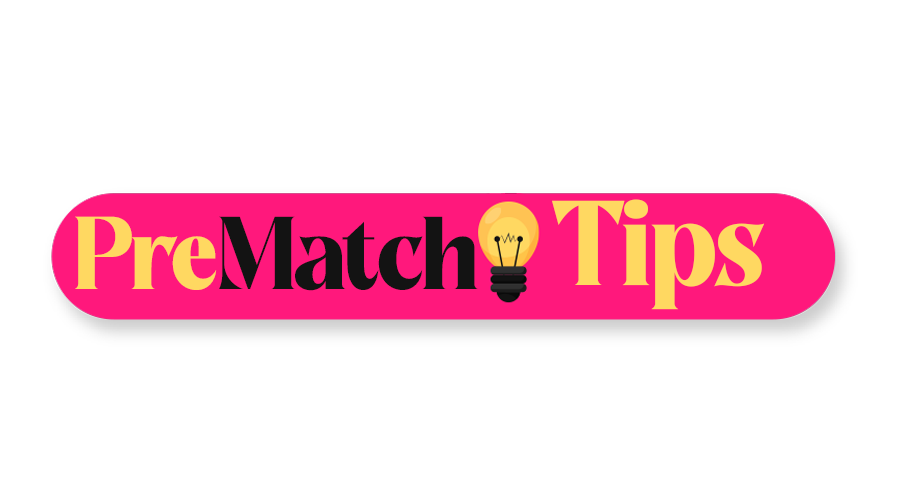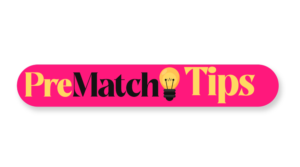A 3-Bet: What Is It? Why (And How) You Should Bet Three Times Oftener
Aggressiveness is a quality of great poker players. Many large pots are the result of aggression.
If you want to be a great poker player, you cannot be terrified of high pots.
It’s actually necessary for you to be willing to 3 bet poker large pots since, chances are, you don’t do it frequently enough.
In poker, what is a 3-bet?
Although it can also apply to the first re-raise following the flop, the term “3-bet” most frequently describes the first re-raise prior to the flop. (This article only discusses 3-betting before the flop.) We call subsequent raises a 4-bet, 5-bet, etc.
Let’s say someone raises before the flop, and you have the choice to call, fold, or raise again. Re-raising is referred to as a 3 bet in this scenario, and you are the 3-bettor.
Use a deliberate and aggressive preflop 3-betting approach to position yourself for success in big 3-bet pots.
In this post, I’ll demonstrate how to create a profitable 3-betting range. I’ll outline the benefits of increasing your 3-betting frequency first, though.
Why you should place more 3-bets
- Betting makes it harder for your opponent to make decisions.
A lot of players begin 3-betting with only the best hands. Talking about QQ+, maybe JJ and AK if they’re feeling very ambitious. This kind of approach is just too cautious.
It becomes easier to play against you if you only 3-bet JJ or better. By folding all but their strongest hands against your 3-bets, your opponents may confidently stop you from getting value out of your monsters.
It’s significantly harder to play against you if your 3-betting range contains several non-premium hands.
- You can use 3-betting to separate out weak players.
After a weak player raises before the flop, you might 3-bet to compel players who may have played for a single raise to fold. It also makes the weak player make a decision for which they are probably ill-prepared because of their inexperience.
They’re going to be up a creek without a paddle unless the opener just so happens to possess a premium hand.
- 3-betting lowers the mean number of participants in the pot.
Your range’s equity drops when new players join the pot. Examine the equity of AK in comparison to one, two, and three random poker hands:
It is frequently the case that a 3-bet will push some players out before the flop, increasing your chances of winning the hand.
- Preflop, 3-betting allows you to win the pot.
You have the opportunity to win the pot before the flop when you 3-bet instead of calling an open-raise.
Three-betting range types
Three-betting ranges can be created in two main ways:
- Premium hands, powerful hands, and hands with excellent playability—no bluffs—usually make up combined ranges.
- Typically, polarised ranges have bluffs and premium hands.
Let’s examine each of these in more detail.
When should your three-bet range be combined?
The following circumstances call for a combined 3-betting range:
- The player who is raising is quite skilled and can cause you problems after the flop.
- It is not a good position or circumstance for calling ranges, such as the small blind.
- Calling stations is the open-raiser or player(s) behind.
Assume you are in the cutoff and a potent player named Doug opens to 2.5BB from middle position. In an attempt to steer clear of difficult postflop situations where Doug has inferior cards, you choose to employ a combined 3-betting method similar to this one:
Doug will find it difficult to push you around if you 3-bet with just strong and/or playable hands since you will hit the flip more frequently.
When employing a combined 3-betting strategy in position, raising to around three times the open-raise is recommended. Use a size that is roughly 3.5–4 times the open-raise when you are out of position. (These broad guidelines presuppose 100BB stacks.)
When should your 3-bet range be polarised?
The hands at the top and bottom of our ongoing range make into polarised 3-bet ranges. Here are two frequent scenarios that call for a polarised 3-betting range:
- Over half of the time, the open-raiser folds to 3-bets.
- Many of the cards you have are better played as calls than as 3-bets.
Envision yourself in the large blind, facing an open button that raises to 3BB. With your fantastic pot odds—calling 2BB to win 4.5BB—you may call with a rather wide variety of middling hands profitably, such as this:
We 3-bet bluff with hands well beyond the calling range in an attempt to take advantage of the dead money in the pot. These hands also assist in balancing our value 3-bets.
In theory, it makes sense to increase your size as your range gets closer to the polarity. In practice, you should typically select a size that is marginally larger than what you would use when merging when utilising a polarised 3-betting method.
Which factors require modifications?
Always be prepared to modify your three-betting approach in response to the patterns of your rivals. Think about:
- How frequently the other player folds
Add additional 3-bet bluffs with weak cards when facing a player who frequently folds to 3-bets. When facing a player that seldom folds to 3-bets, increase the number of value hands and eliminate some bluffs.
- The postflop aggressiveness of the open-raiser
You can take advantage of the opener’s poor postflop play by frequently 3-betting, bluffing, and c-betting the flop. On the other hand, you should avoid bluffing with a 3-bet while facing players who have strong postflop abilities.
- The habits of the participants behind
When considering your response to an open-raise, don’t forget to take a quick look at the players to your left. Your calling range should be less the more likely you are to be squeezed.
3-betting instances
Compared to a Weak Regular
200NL 6-Max $200 Effective Stack.
Hero has six 4 3 folds to co. and is in the big blind.
CO increases by two fold to $5. A hero…
We have already played with the weak regular who is in the cutoff. According to our data, he opens and raises regularly, but folds to three bets with a quite high frequency (about 55%).
6♥4♥ falls nicely into our polarised 3-bet range, and we can 3-bet to about $20 with ease considering the probability that they will fold.
If the cutoff is called, it won’t be a huge concern because we still have a reasonable chance of winning the pot with a highly playable suited connector.
Compared To A Loose Opener
200NL 6-Max $200 Effective Stacks.
Hero has A♠ Q♠ UTG raises to $6.
2 folds and is in the cutoff. A hero…
Here, the guy UTG keeps up his recent tendency of raising nearly every hand.
The Upswing Lab’s range charts suggest that we have two options: we can call with ATG against a UTG open in 6-max, or we can 3-bet. The obvious decision in this instance is to 3-bet for value.
Consider the following three scenarios for our 3-bet:
- UTG folds and we win the $9 pot
- UTG calls and we have position against a seemingly weak range
- We face a 4-bet from UTG and we can profitably call
When we hold a good hand like A♠Q♠, none of these circumstances are harmful for us. Either way, we get to play a big one in position against a loose player, or we win the pot.
Vs a Late Position Open
500NL 6-Max with $500 Effective Stacks.
Hero has J♠ 8♠ right on target.
CO is increased to $12.50. A hero…
Since hands like AJs, JTs, and TT are surefire value 3-bets from these loose positions, our value range is really broad.
It will take a lot of 3-betting bluffs to balance this value range. A suited two-gapper that plays well postflop, such as J8♠, is a perfect candidate because it is too weak to call.
Overview of Squeezing
Squeeze plays are designed to capitalise on the excellent pot odds that are presented to you when you face a raise and one or more callers.
Squeezes have objectives that are similar to those of regular 3-bets, but they require bigger stake values in order to minimise the likelihood of a multiway pot.
Generally speaking, you should raise to roughly four times the initial stake if you are squeezing against a raise and one call. Squeeze closer to five times if there are two callers and a raiser. Place an additional wager when out of position.
These shortcuts for sizing are not indestructible. Changing your size according to your opponent’s range and patterns is definitely something you should consider. You can scale even larger if you have AA against a set of calling stations, for example.
See this page for additional information about squeezing like a professional.
I’m done talking to you folks for now. Until the next occasion!

